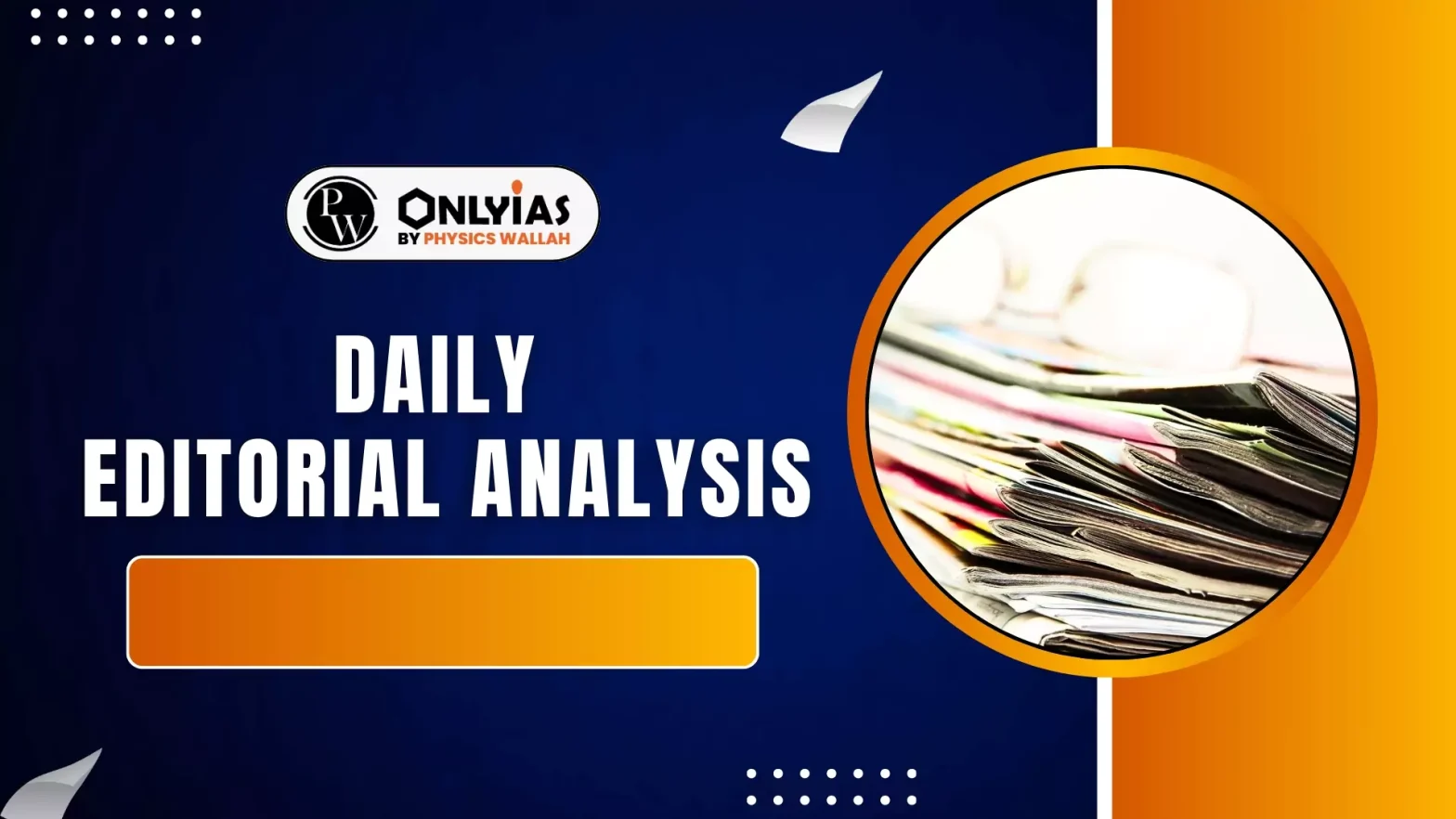The US President signed a stopgap bill ending the longest shutdown in US history, lasting 43 days.
About Shutdown
- Loss of Permission to Spend: A shutdown occurs when the government and its agencies have no authority to spend money due to lack of legislative approval.
- Difference From the Indian System: India does not experience shutdowns because the Executive is part of the Legislature, ensuring that a government with a parliamentary majority can always pass its Budget.
- The failure to pass a Budget in India results in resignation, not a shutdown.
Reason Of Shutdowns Occuring in the US System
- Separation of Powers: In the US, the Executive (President) is separate from the Legislature (Congress), so the President’s Budget cannot be passed merely because the President proposes it.
- No Requirement for Resignation: If the Budget is not passed in the US, the President does not resign; instead, the federal government shuts down until Congress provides spending authorisation.
Reasons For Recent Deadlock
- Lack of Sufficient Senate Votes: Although Republicans controlled both houses, they did not have the 60 Senate votes needed to pass the President’s Budget proposal.
- Partisan Disagreement Over Key Programmes: The deadlock continued due to disagreements between the two parties over provisions such as the Supplemental Nutrition Assistance Program (SNAP).
- Deadlock Ended: The shutdown ended only when eight Democrats voted alongside Republicans to approve the bill.
Mechanism of US Budget Process
- Budget Timeline: The US fiscal year runs from October 1 to September 30, and Budget proposals must be submitted by the first Monday of February.
- Role of Congress: After receiving the President’s proposal, both houses of Congress deliberate through multiple stages to decide how much to tax and how much to spend.
- Reason October 1 Becomes a Hard Deadline: Funding provided through appropriations expires on September 30, and federal law prohibits spending without new appropriations, resulting in a shutdown when no agreement is reached.
State of US Public Finances
- High Fiscal Deficit in FY2025: The fiscal deficit in FY2025 was $1.8 trillion, which amounted to 5.9% of the US GDP and was significantly higher than the long-term average of 3.8%.
- Receipts and Expenditures: The US government received $5.2 trillion in income and spent $7 trillion during FY2025, creating a substantial gap between receipts and outlays.
- Impact on Public Debt and Interest Payments: Persistent deficits require the government to borrow more, which increases public debt and results in higher annual interest payments, making interest repayment the second-largest expenditure item.
- Tariffs Remain a Small Revenue Source: Tariffs form only a very small share of total government revenue, and higher tariffs cannot replace personal income tax because excessive tariffs eventually reduce trade.
Key Implications for India
- Cautionary Tale: The US shutdown demonstrates that a Presidential system is prone to governance breakdowns when the Executive and Legislature are deadlocked.
- India’s Parliamentary system avoids such breakdowns because a government with majority can ensure continuous functioning despite having some flaws.
- Risks for a Developing Country: A prolonged shutdown, similar to the one in the US, would be difficult for a developing economy like India to withstand.
Conclusion
The US shutdown underscores that while each system has its strengths, India’s parliamentary model offers the stability and continuity that a developing economy cannot afford to compromise.
![]() 15 Nov 2025
15 Nov 2025


